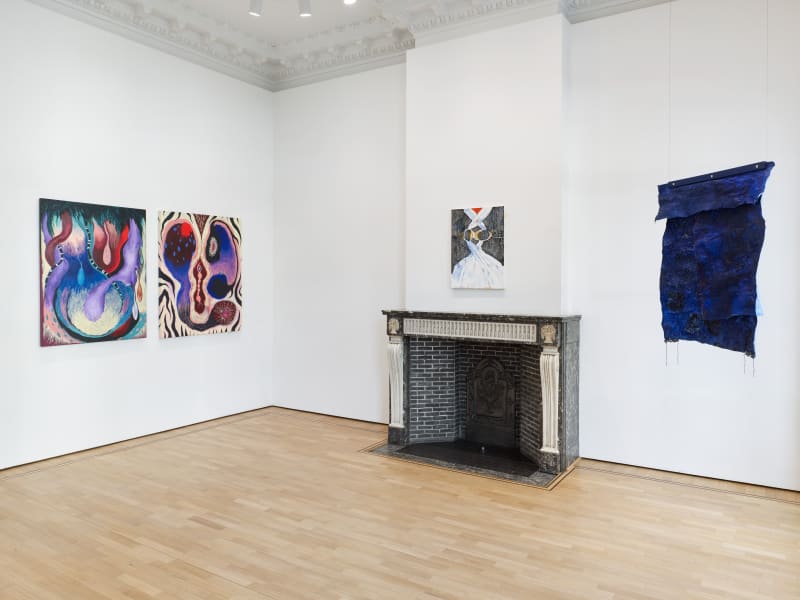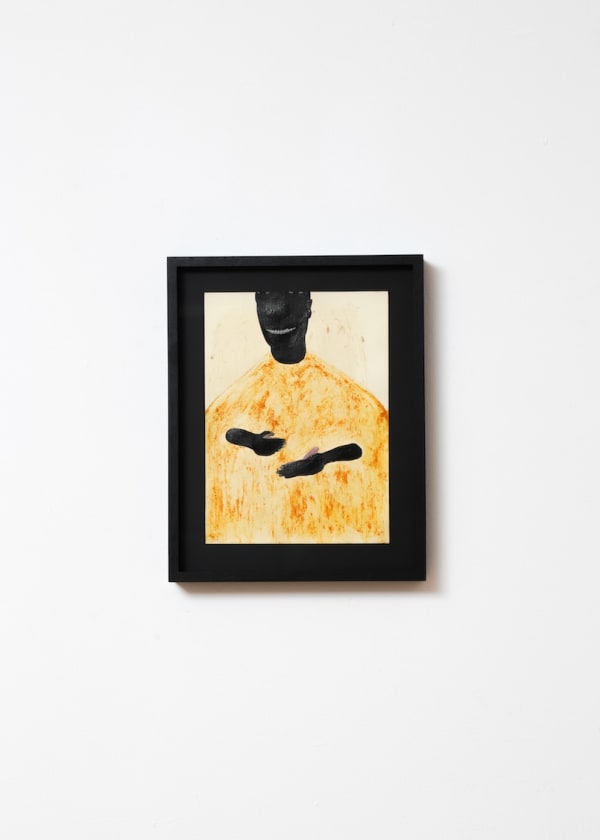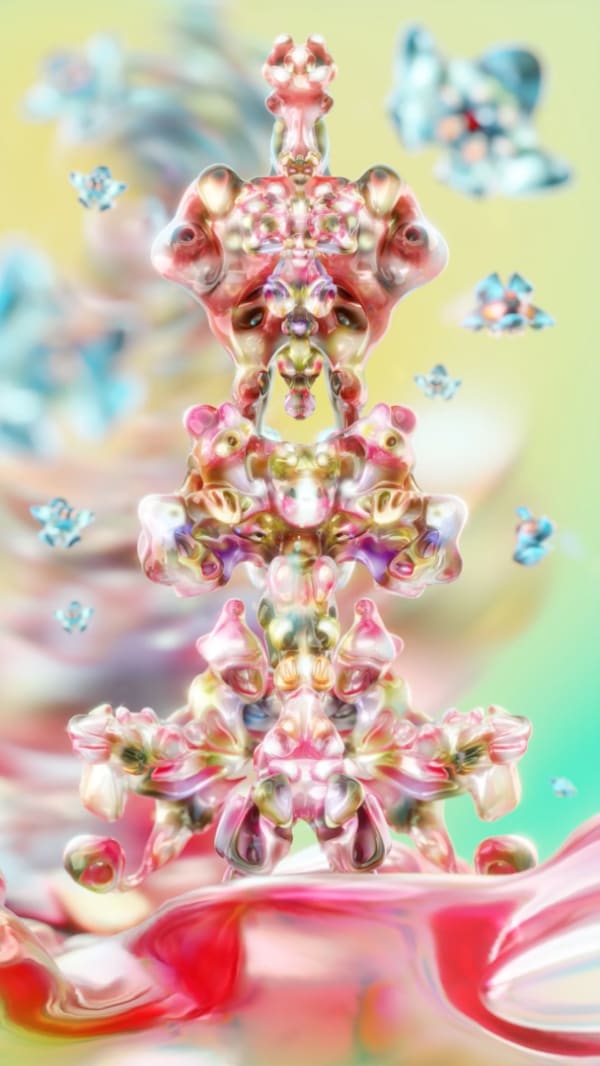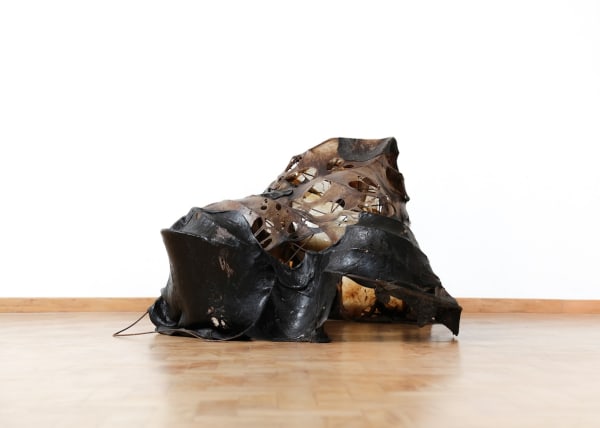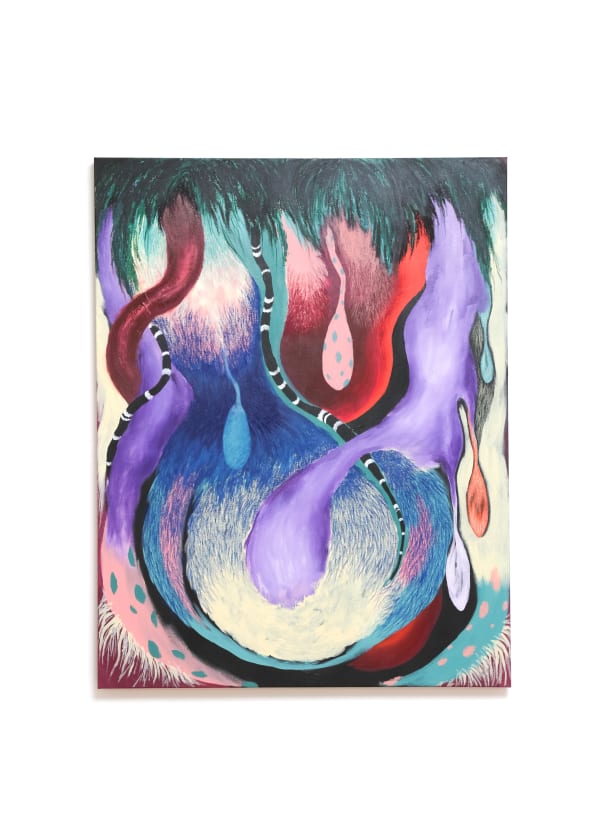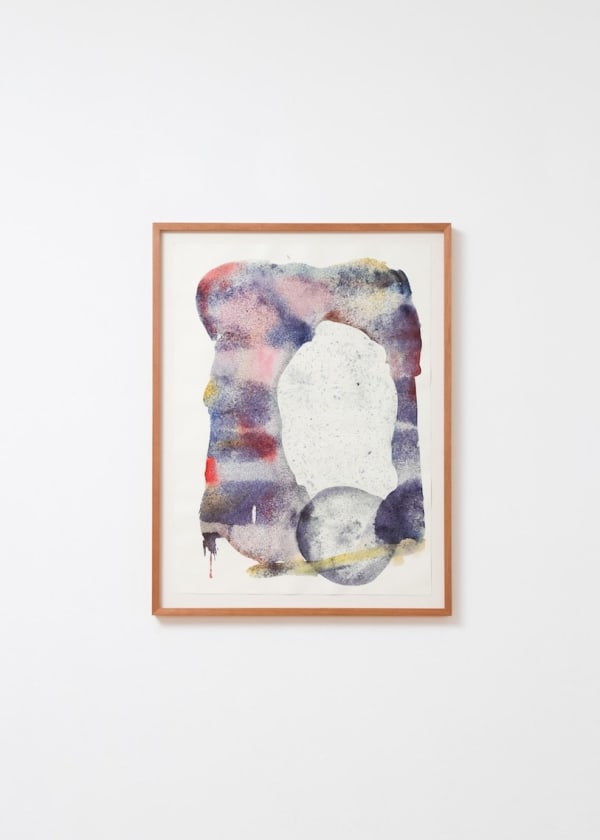Possible Agreements, curated by Thiago de Paula Souza Group Show
Laís Amaral, Igi Lola Ayedun, Bertô, Kelton Campos Fausto, Gabriel Massan, Iagor Peres, Mariana Rocha and Juliana dos Santos.
In the introduction to Unpayable Debt, Denise Ferreira da Silva relates two recent events in contemporary politics to critically reflect on how the notion of human difference still resonates in our present. For her, difference – in its multiple facets, whether marked by territoriality, race, gender or religion – is still used as a way of organizing several aspects of our lives, and is the common denominator behind these two apparently distinct events.
One of them is the so-called ‘refugee crisis’ and how the negative reaction from a great majority of European authorities has fed the fear of local populations against people searching for protection in the gated community of its continent. The idea of cultural/ethnic identity difference has created the notion of the Other in Europe, and people escaping situations of war and political instability in search of better living conditions in the European continent have had their right to safety questioned.
The second event is the parliamentary coup that took place in Brazil in 2016, resulting in the impeachment of President Dilma Rousseff and the rise of alt-right factions to power, putting an end to the agreements and progress that, albeit limited, had allowed the Other in Brazil, that is, Black, Indigenous, women and LGTQIA+ populations, to break with the historical cycle of exploitation and to imagine a life under less threatening conditions.
The concept of difference is particularly clear when we think of the arbitrary territorial boundaries that set out nations, regulate access to them and stipulate how and where certain populations are able to circulate or live. Ethically speaking, the tool of difference defines which ones of us are more or less human and the limits of solidarity reserved exclusively to those that are equals. If it is evident that we naturalize the fact that we inhabit a world that has been defined in terms of countries and continents, or, as noted by Ferreira da Silva, ‘a whole made of formally independent parts’ with separate geographical and historical elements, we also naturalize the effects that this fiction creates for the different populations that occupy these vast territories.
Human difference is a colonial tool produced by separability, which, according to Ferreira da Silva, is one of the pillars of modern thought, giving shape to the world as we know it. It is separability that dictates that our knowledge of things can only be reached via the interpretation of space, time and other categories of Understanding, such as quantity and quality.
Ferreira da Silva urges us to think of ‘difference without separability’, that is, to think of the world not as a place marked by separation and exclusion, whether operated by history, geography or circumstances, but of the ‘world as a plenum’, a place where we could forge new relationships with matter, form, time and space, and where each existence is realized and updated in the encounter with others, generating a form of thinking able to rescue new engagements and agreements between its parts.
***
Occupying the gallery’s ground floor, Possible Agreements is a collaboration between HOA and Mendes Wood DM. The group show features the work of eight young artists represented by HOA, who have worked and developed their practices during a period of intense political and social transformation. In their own ways, each artist is interested in proposing experiments that can help us reach a deep unlearning of the colonial categories that still haunt us.
The exhibition showcases the production of this generation and what responses have been articulated to their everyday urgencies. The engagement with natural resources is recurrent among the artists presented here. Further, the use of abstract elements in the construction of their oeuvre produces an ambiguity between image and matter and refuses to re-enact the limits established by the contemporary politics of visibility.
Laís Amaral's richly textured paintings metaphorically operate as watering devices for dry soils, especially the ones that have suffered from long term processes of extraction. In her recent series Gesto-caminho (2022), she continues her research strongly influenced by the challenges imposed on human communities in the face of the current climate catastrophe, associating her act of painting as a tool that transmutes her vital energy to the canvases. In Samba in Paris (2022), part of the same series, Amaral borrows the title from a song by Baco Exu do Blues and, for the first time, reflects aspects of her personal life such as love and intimacy.
Water also works as a referential element for Mariana da Rocha, whose paintings portraits underwater landscapes as well as the sea within human bodies.
In the Quando a cor chega no Azul series (2022), Juliana dos Santos presents her research with the plant Clitorea Ternatea. The blue of its petals is now the base for different tones of watercolors. The artists invites time as a partner, facing the ephemerality of her working materials, and the different rhythms that regulate the processes of oxidation in her pictorial experiments.
Igi Lola Ayedun’s practice draws on her research on textures, the color blue, the power of minerals and the global routes of indigo. Vertigem (2022) comprises the result of the accumulation of actions and different materials such as argan oil and lapis lazuli.
In Familia Iji (2022), part of the series Quando tudo terra era, soil operates not only as matter but also as a metaphor. Kelton Campos Fausto’s expansive canvas combines Afro-Brazilian cults and family memories. This work is accompanied by a group of enigmatic faces which, together, compose the artist’s personal Afro-mythology.
In the set of sculptures Estruturas para campos densos, Iagor Peres covers structures made of metals with a mixture of synthetic and organic components. Produced by the artist himself, the so-called pelematerial alludes to the human skin. Its shape changes according to different climatic conditions, performing the possibility of the invention of different corporalities and extending notions of subjecthood.
Gabriel Massan’s digital sculptures, part of the series Há um Tempo entre os Templos, installed in the church facing room, reminds us of a shrine that connects the virtual and the real.
The divine is also present in the practice of Bertô. Influenced by Christian narratives and how notions of Blackness forge spatial configurations, his paintings work as a visual intersection point between movies and graphic novels.
Conceptually, the present exhibition aims to be a space where we are free to imagine how artistic practice can help us engage in other possible relations with the world. In order to fulfill this task, we need an exercise on how to do it. How can we create new engagements between matter and form? The (temporary) solution depends on a series of agreements and collaborations, including gestures, that allow us to think of ‘difference without separability’.
– Thiago de Paula Souza
-
 Laís Amaral, Untitled (Gesto-Caminho series), 2022
Laís Amaral, Untitled (Gesto-Caminho series), 2022 -
 Laís Amaral, Untitled (Gesto-Caminho series), 2022
Laís Amaral, Untitled (Gesto-Caminho series), 2022 -
 Laís Amaral, Samba em Paris (Gesto-caminho series), 2022
Laís Amaral, Samba em Paris (Gesto-caminho series), 2022 -
 Igi Lola Ayedun, Vertigem, 2022
Igi Lola Ayedun, Vertigem, 2022 -
 Bertô, Sombra das coisas celestiais, 2022
Bertô, Sombra das coisas celestiais, 2022 -
 Kelton Campos Fausto, Familia Iji, (from Quando tudo terra era series), 2022
Kelton Campos Fausto, Familia Iji, (from Quando tudo terra era series), 2022 -
 Kelton Campos Fausto, Untitled (from Quando tudo terra era series), 2022
Kelton Campos Fausto, Untitled (from Quando tudo terra era series), 2022 -
 Kelton Campos Fausto, Untitled (from Quando tudo terra era series), 2022
Kelton Campos Fausto, Untitled (from Quando tudo terra era series), 2022 -
 Kelton Campos Fausto, Curcuma (from Quando tudo terra era series), 2022
Kelton Campos Fausto, Curcuma (from Quando tudo terra era series), 2022 -
 Kelton Campos Fausto, # (from Quando tudo terra era series), 2022
Kelton Campos Fausto, # (from Quando tudo terra era series), 2022 -
 Gabriel Massan, Estação Terminal (Há Um Tempo Entre Os Templos series), 2022
Gabriel Massan, Estação Terminal (Há Um Tempo Entre Os Templos series), 2022 -
 Gabriel Massan, Eu Volto Amanhã (Há Um Tempo Entre Os Templos series), 2022
Gabriel Massan, Eu Volto Amanhã (Há Um Tempo Entre Os Templos series), 2022 -
 Gabriel Massan, Oferendas Para Ontem (Há Um Tempo Entre Os Templos series), 2022
Gabriel Massan, Oferendas Para Ontem (Há Um Tempo Entre Os Templos series), 2022 -
 Iagor Peres, Untitled (from Estrutura para campos densos series), 2022
Iagor Peres, Untitled (from Estrutura para campos densos series), 2022 -
 Iagor Peres, Untitled #4 (from Estrutura para campos densos series), 2022
Iagor Peres, Untitled #4 (from Estrutura para campos densos series), 2022 -
 Mariana Rocha, Clione limacina, Limacina helicina II, 2022
Mariana Rocha, Clione limacina, Limacina helicina II, 2022 -
 Mariana Rocha, As águas de dentro, 2022
Mariana Rocha, As águas de dentro, 2022 -
 Juliana Dos Santos, Untitled (from Quando a cor chega no Azul series), 2022
Juliana Dos Santos, Untitled (from Quando a cor chega no Azul series), 2022 -
 Juliana Dos Santos, Untitled (from Quando a cor chega no Azul series), 2022
Juliana Dos Santos, Untitled (from Quando a cor chega no Azul series), 2022 -
 Juliana Dos Santos, Untitled (from Quando a cor chega no Azul series), 2022
Juliana Dos Santos, Untitled (from Quando a cor chega no Azul series), 2022 -

Gabriel Massan: Estação Terminal, Eu Volto Amanhã and Oferendas Para Ontem (Há Um Tempo Entre Os Templos series), 2022
digital sculpture on LED panel
Unique piece
